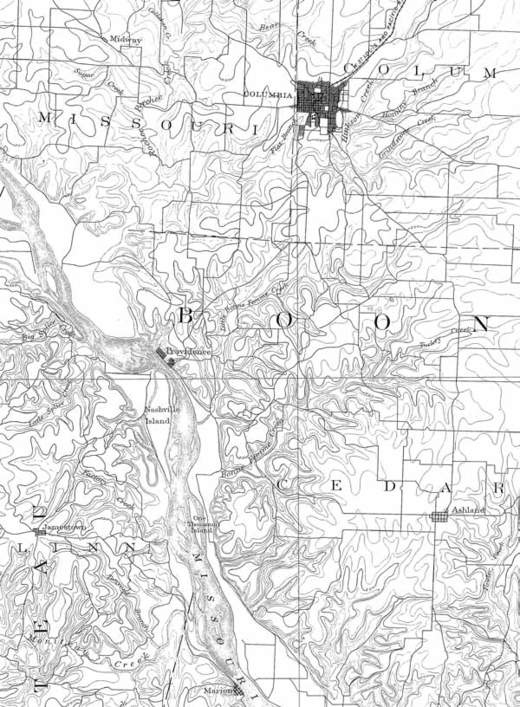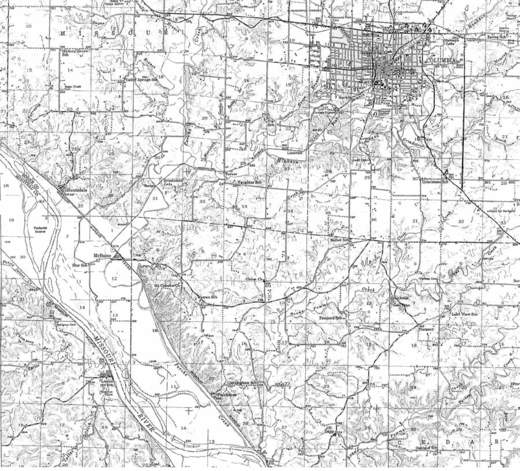Transportation changes key to Columbia’s population growth | From the Roundtable
It’s official: 108,500. That’s the number of people who were living in Columbia in April last year when Census Bureau workers canvassed the city. Wow. That’s a growth of 23,969 inhabitants in 10 years, or 28 percent over the decade.
Although predictions that Columbia would cross the six-figure threshold flew about, there was obvious surprise over the final total. There also was robust growth in Boone County and a steeper rise, by percentage, in Ashland. That city’s population doubled, from 1,869 inhabitants 10 years ago to 3,707 in last April’s tally.
Metro Columbia is clearly today’s fastest growing metropolis in central Missouri. One hundred years ago, Columbia had 11,371 inhabitants and was only the area’s fourth largest community. In 1910, Sedalia led with a population of 18,925, followed by Jefferson City with 12,870 and Moberly with 12,162 inhabitants.

Aside from all of our well-known touts, Columbia’s future can be tied to President Roosevelt’s 1943 decision to designate US Highway 40 as an integral part of a post-war network of high-speed divided pavement interstate highways.
The mainline transcontinental railroads passed through Sedalia, Jefferson City and Moberly, while Columbia was left with only two branch-line connections. But railroad transportation diminished in importance, and Columbia grew as a highway crossroads community once Interstate 70 was completed in April 1965.
Where Columbia goes from here is anyone’s guess. As for the past, several maps from 1886 and 1948 will show where we’ve been.




